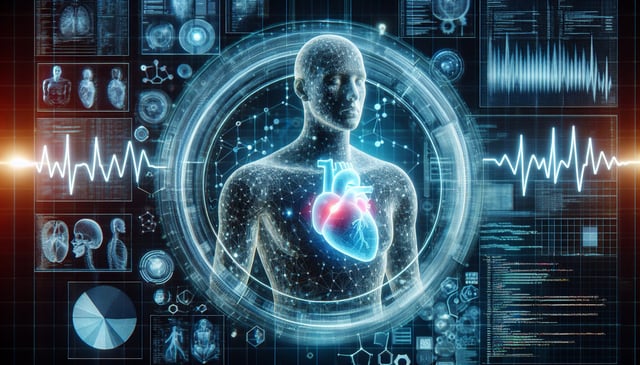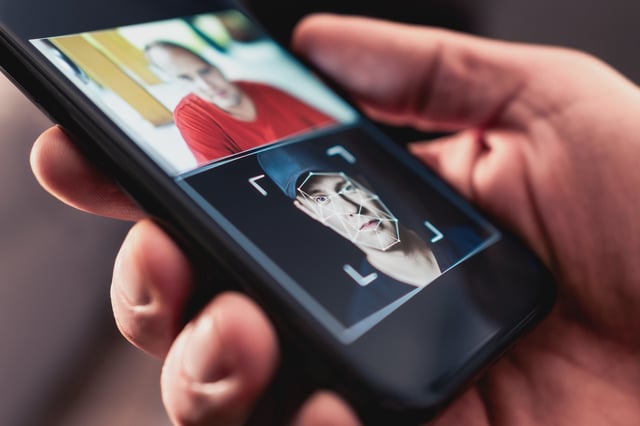Overview
- A study led by Humboldt University researchers demonstrates that state-of-the-art deepfakes now feature realistic global heartbeats, validated against ECG benchmarks.
- Deepfakes can either inherit pulse signals from original driving videos or have them deliberately embedded, complicating detection efforts.
- Remote photoplethysmography (rPPP), a detection method relying on subtle facial color changes to estimate pulse, can no longer reliably distinguish deepfakes from authentic videos.
- Researchers suggest shifting detection strategies to track localized blood-flow variations across the face, which current deepfakes fail to replicate accurately.
- Experts warn that increasingly convincing deepfakes heighten risks of misinformation, digital trust erosion, and malicious misuse in political and social contexts.



